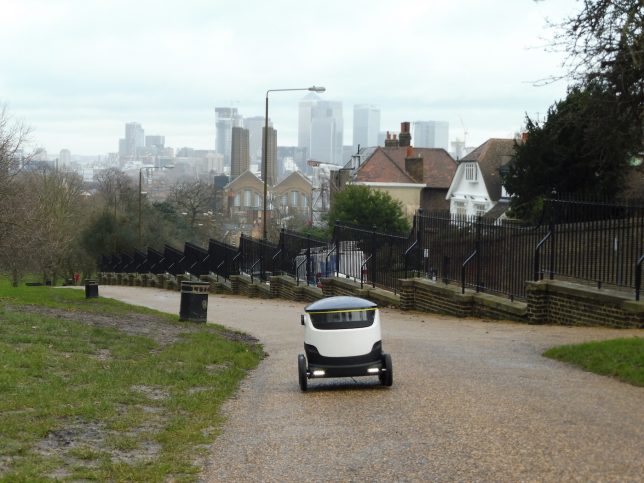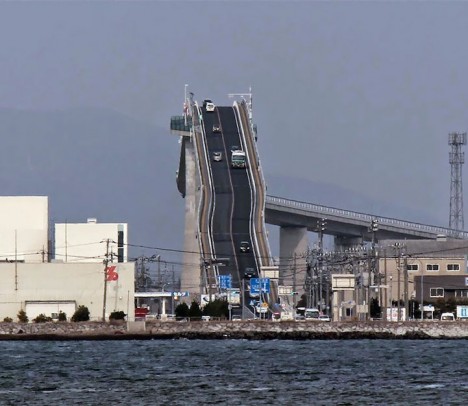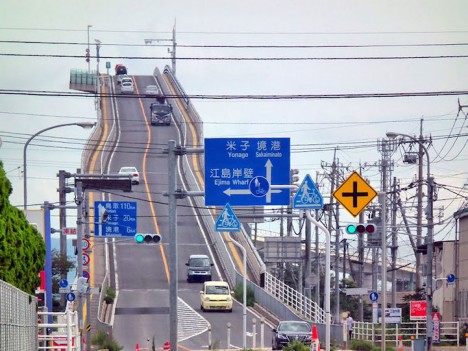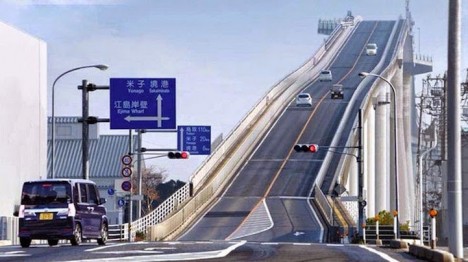At this point in my life, I could probably write a series of articles on cameras that I considered buying, almost bought, or actually did buy before reconsidering and returning them. Of all of the cameras that would make that list, the Canon PowerShot G5 is probably the model that I almost bought more times than any other.
Released in 2003, the PowerShot G5 was in that respect a companion model to the EOS 10D – my first personal DSLR. The G-series was traditionally marketed at enthusiasts and semi-pros, with the idea being that while most photographers couldn’t afford or quite justify a DSLR, cameras like the G5 could deliver a similar user experience, with comparatively good image quality and limited system cross-compatibility, for less money.
The thinking was that photographers making the expensive transition away from film and towards digital, might use the G-series as an affordable halfway point before investing fully in a DSLR. Conversely, professionals or well-heeled amateurs that owned a 10D or EOS-1D-series DSLR might consider a camera like the G5 as a second body, for backup and travel.
To court both sets of customers, Canon made sure that the G5 looked and worked broadly like the EOS-series DSLRs that it was marketed alongside. It was black, for one thing, which immediately made it look more ‘professional’ than the silvery G2 and G3 that proceeded it. It offered Raw mode, and was powered by the same ubiquitous BP-511 battery as the 10D and 300D. The G5 also featured the familiar EOS exposure mode dial and front control dial of the EOS-series, and it even had a hot shoe, for full E-TTL compatibility with Canon’s range of Speedlites.
And like a DSLR it had an optical viewfinder. A blurry, low-accuracy tunnel-type viewfinder, sure, and nowhere near a match even for the dim finder in the EOS 300D, but it was better than nothing, and handy in some situations. More useful was the fully-articulating rear LCD screen on the back, which no DSLR could match.
As far as image quality was concerned, the G5 was a solid performer by the standards of its time, but not spectacular. Its lens range of 35-140mm equivalent and reasonably fast maximum aperture of F2-3 were decent for 2003, but the zoom was limited at the long end, and while adapters were available to extend the range, they were clumsy and heavy (because they were lens adapters).
There was even a general feeling, amusing to recall now, that 5MP represented a degree of ‘maturity’ when it came to digital imaging.
I remember the G5 being more desirable to me than the G3 simply by virtue of being matte black, and (mostly) metal-bodied, but looking at it now, it seems blocky and inelegant. In my opinion the more-rounded G1, G2 and G3 have actually aged a little better, despite being physically a little larger. Opinion in the DPReview office on this point is divided (by which I mean Dan disagrees with me).
Apart from its color, the biggest differentiator between the G5 and the earlier G3 was the bump in pixel count from 4 to 5 megapixels. In practical terms, the increase in effective resolution was very modest (“not worth it” as we opined in our review at the time) but 5MP came to be regarded as something of a benchmark among enthusiasts and within the photo press. From 1-4MP, each megapixel jump had brought noticeably improved resolution, but from 4/5MP onwards, generational increases in image quality became more subtle.
There was even a general feeling, amusing to recall now, that 5MP represented a degree of ‘maturity’ when it came to digital imaging. Perhaps this was more of a psychological benchmark than anything, but it was real nonetheless.
 |
One of the reasons I nearly bought the PowerShot G5 so often is that my EOS 10D spent so much of the first year of its life being sent repeatedly back to Canon to have its autofocus system adjusted. In the end though, I just couldn’t afford it (the G5 retailed for $ 799 in the US when it was new, which from memory worked out at about £600). After a frustrating few months, my 10D was (finally) fixed, and at that point I didn’t have any need for a backup. The following year I ended up buying an IXUS 50 (SD400 Digital ELPH) for social photography and low-profile shots at concerts, which was a good deal more pocketable than the G5. The PowerShot G6, which replaced the G5 in 2004, offered greater resolution and a more refined user experience in a more stylish body, but the tacky silver chrome finish turned me off.
I did buy a PowerShot G5 eventually though, after fifteen years of thinking about it. This past weekend, for $ 9 at my local thrift shop. As you can see from the images in this article, it’s cleaned up pretty nicely. Another itch scratched off the list.
Do you have any cameras in your past that ‘got away’ at the time? Let me know.
Read our PowerShot G5 review
Canon PowerShot G5 samples gallery (2003)
$ (document).ready(function() { SampleGalleryV2({“containerId”:”embeddedSampleGallery_5830030407″,”galleryId”:”5830030407″,”isEmbeddedWidget”:true,”standalone”:false,”selectedImageIndex”:0,”startInCommentsView”:false,”isMobile”:false}) });
Articles: Digital Photography Review (dpreview.com)



































































You must be logged in to post a comment.